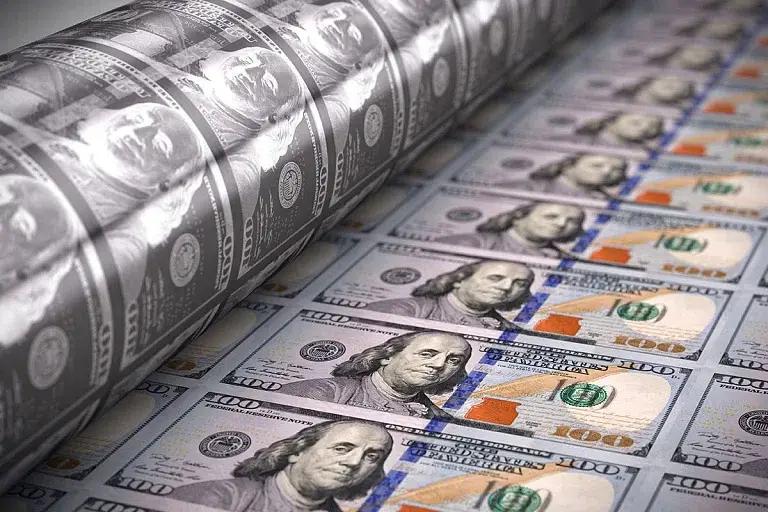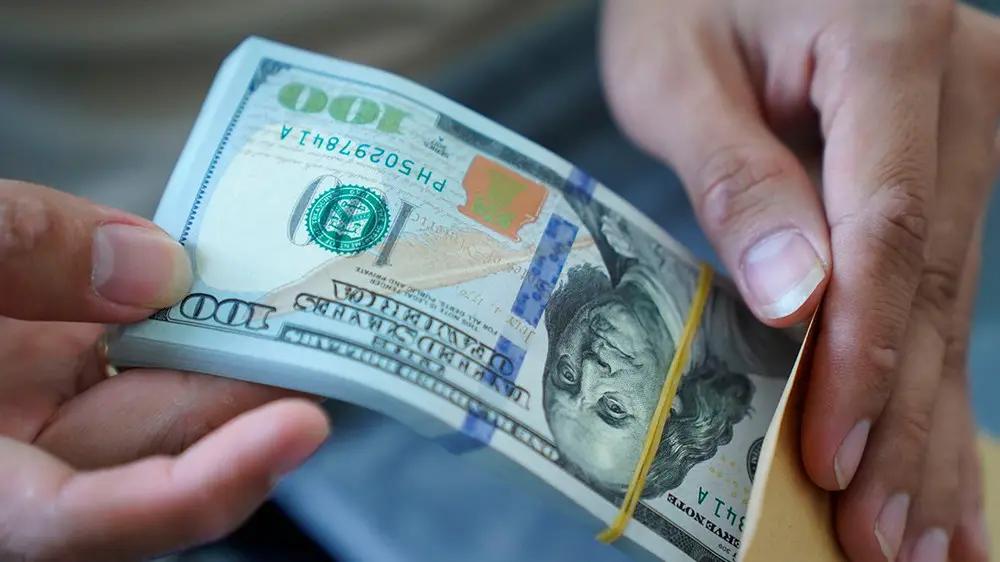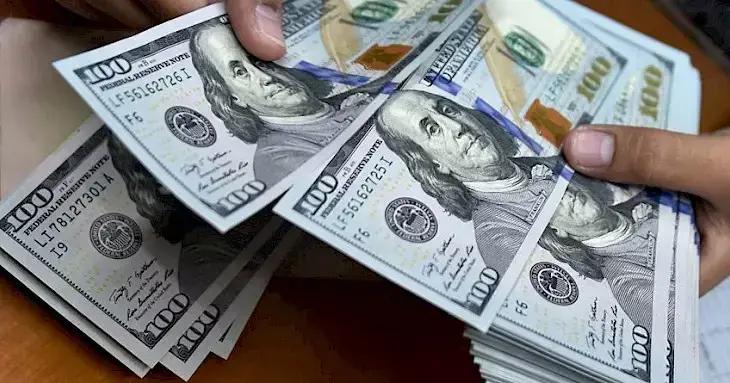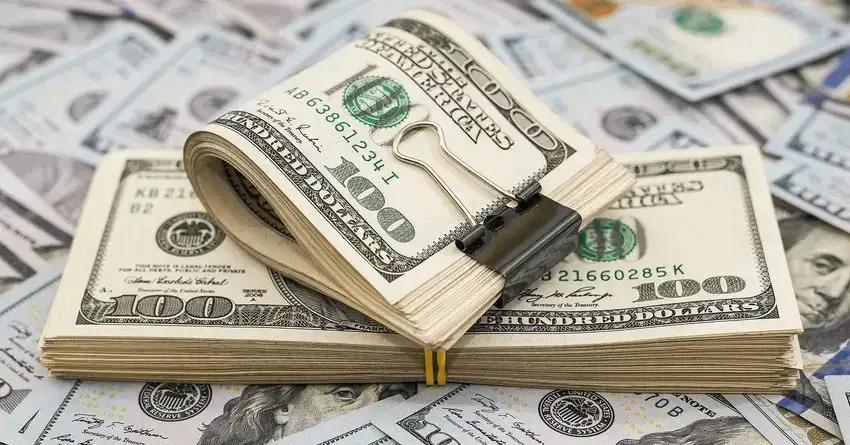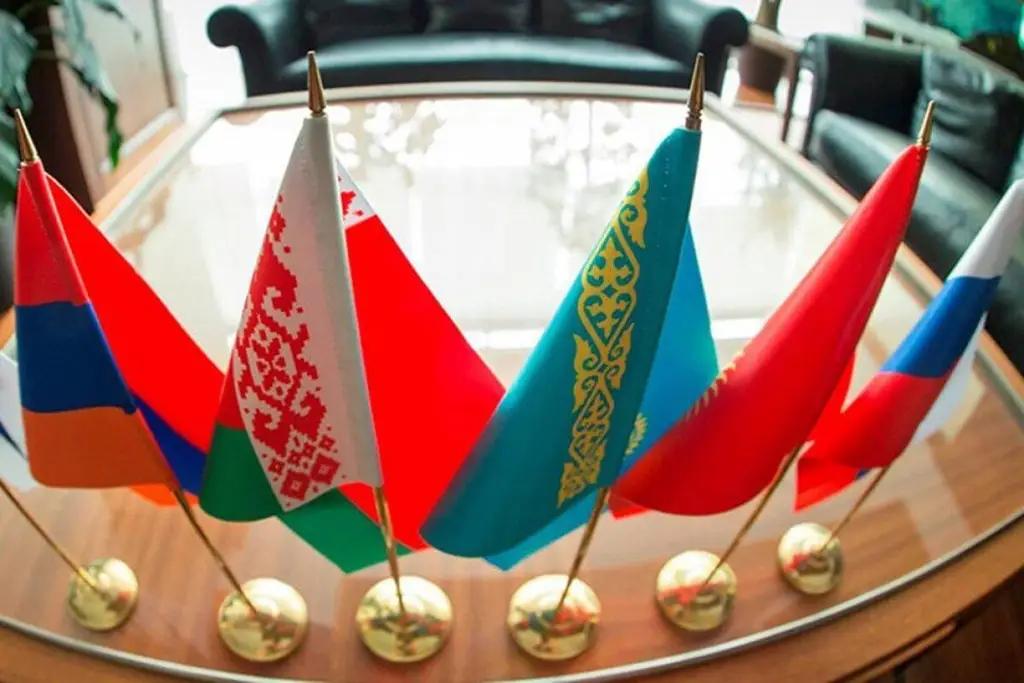
Published
05/20/2025, 07:57The beginning of 2025 proved successful for the national currencies of most countries in the Eurasian Economic Union. According to the Eurasian Economic Commission, all currencies in the region strengthened against the US dollar in the first quarter, with the exception of the Kazakh tenge.
The Russian ruble led the way, strengthening by 9.4% compared to the same period last year, from 92.37 to 83.68 rubles per dollar. At the same time, the average exchange rate for January–March was 93.05 rubles, which indicates a strong strengthening of the Russian currency at the end of the quarter. Compared to the fourth quarter of 2024, the dynamics are even more impressive—at that time, the dollar reached 101.68 rubles.
The Belarusian ruble and Kyrgyz som also strengthened. At the end of the first quarter, the Belarusian ruble fell to 3.12 per dollar, which corresponds to a 4% strengthening. The som improved its position by 3.4%, reaching 86.4 KGS per dollar. The average exchange rate of the som for the first quarter was 87.23 KGS.
The Armenian dram remained virtually unchanged, rising by only 0.4% from 393.28 to 391.57 drams per dollar. Despite modest growth, the dram remained stable amid currency fluctuations, which cannot be said about the tenge, which became the main outsider in the region. Over the year, the Kazakh national currency depreciated against the dollar by almost 13%, from 446.78 to 503.42 tenge.
